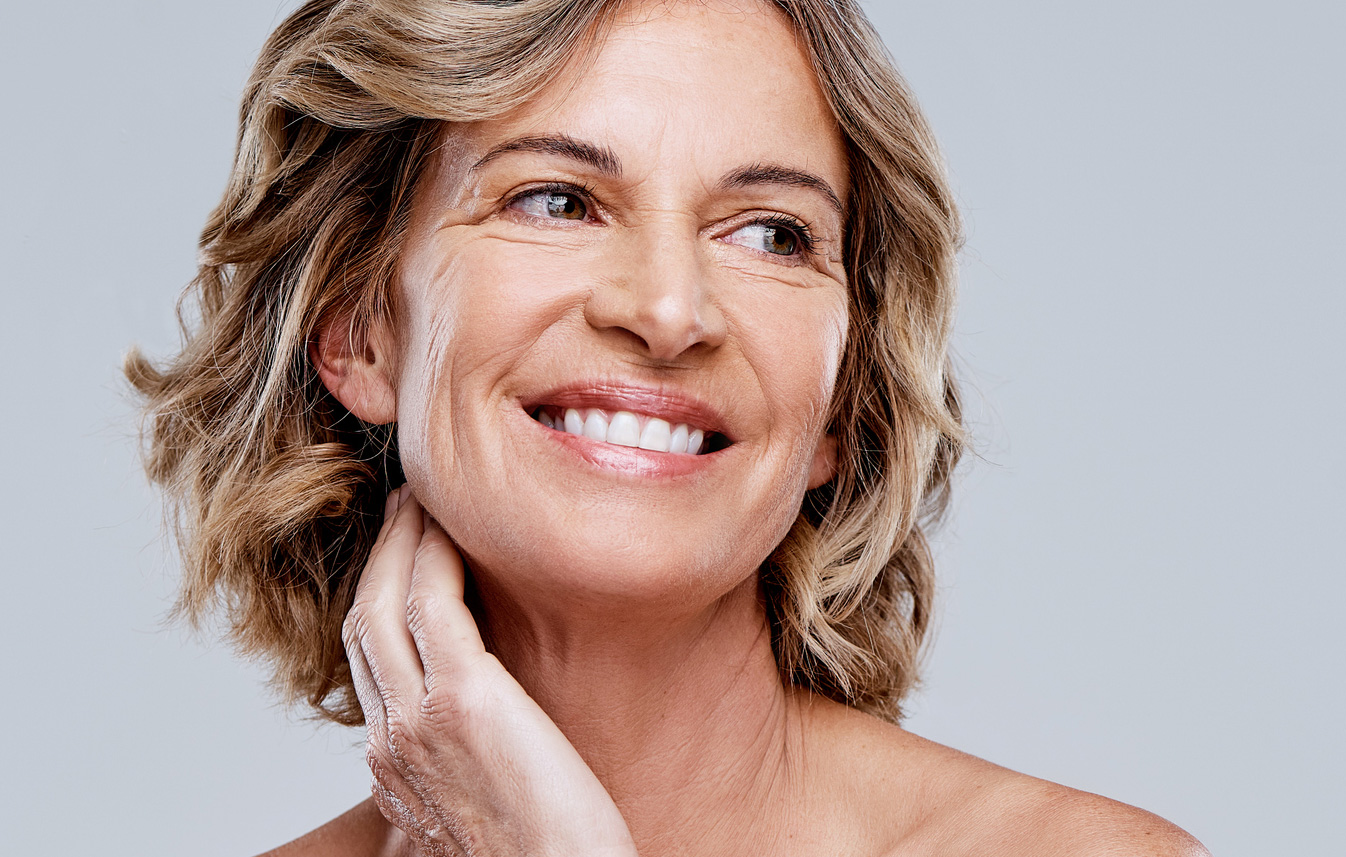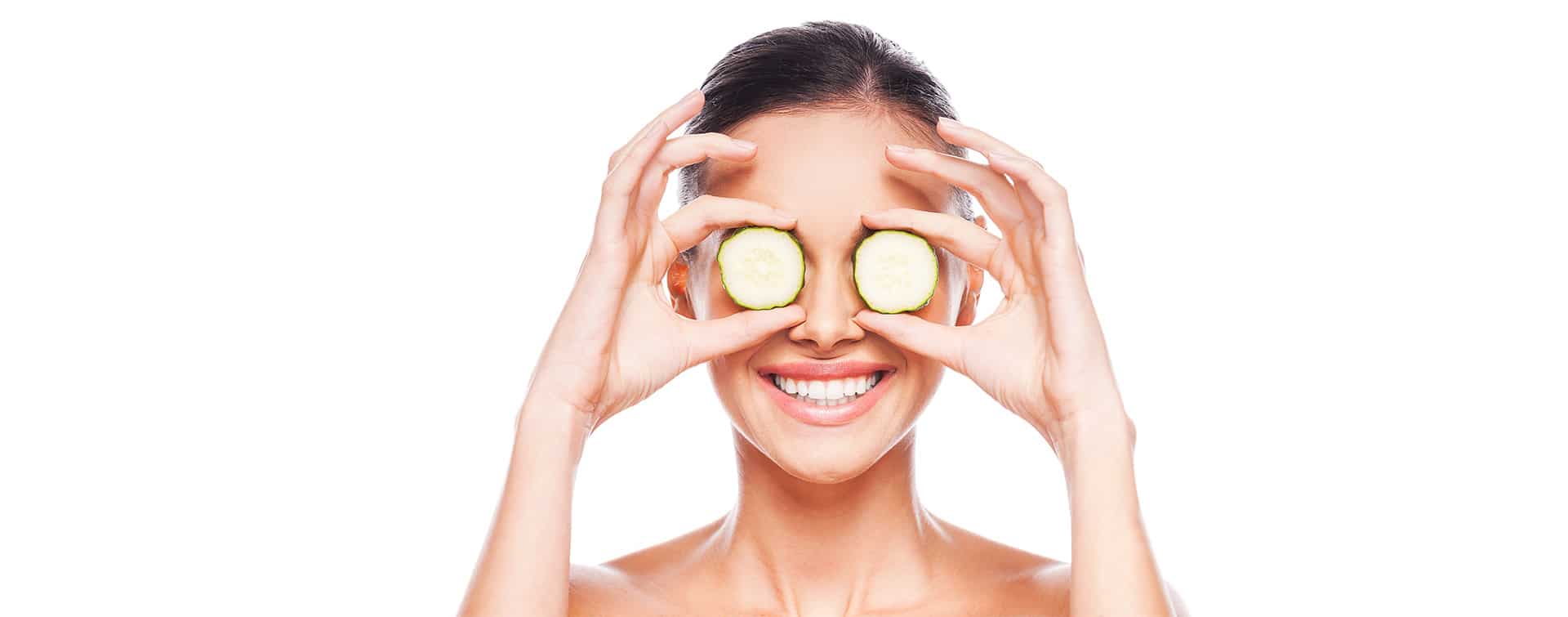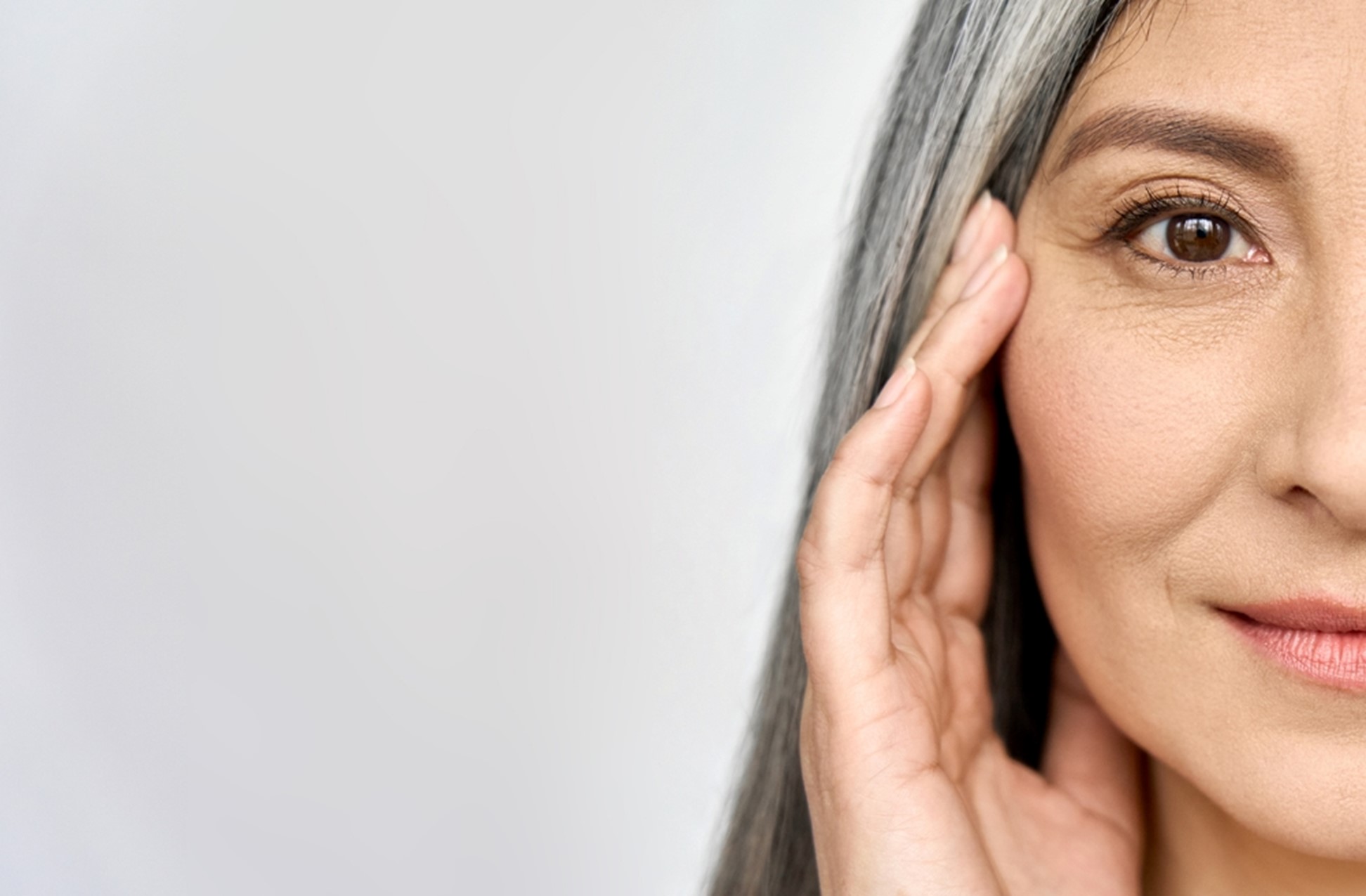
How Does Menopause Cause Unsightly Hair Growth
Menopause is a natural phase in a woman’s life that marks the end of her reproductive years, and one that brings about a myriad of physical and emotional changes as the body adjusts to a new hormonal landscape. While most people are familiar with common menopausal symptoms like those dreaded hot flashes, night sweats, and mood swings, there is one aspect of this transition that is often overlooked: unsightly hair growth. Understanding the connection between menopause and the development of unwanted hair can provide women with valuable insights into their changing bodies and empower them to seek effective solutions.
In this blog post, we will explore the relationship between menopause and unwanted hair growth, understand the underlying causes, and discuss available treatment options. Read on to find out more.
Understanding Menopause
Menopause is a natural and inevitable process that occurs in a woman’s life, usually (but not always) between the ages of 45 and 55. To put it succinctly, it signifies the end of menstruation and the cessation of fertility. During this time, the body undergoes significant hormonal changes, particularly in the production of oestrogen and progesterone. These hormones play crucial roles in regulating various bodily functions, including the growth and maintenance of hair. As menopause approaches, the ovaries gradually produce less oestrogen, causing a hormonal imbalance that can lead to various physical and emotional symptoms.
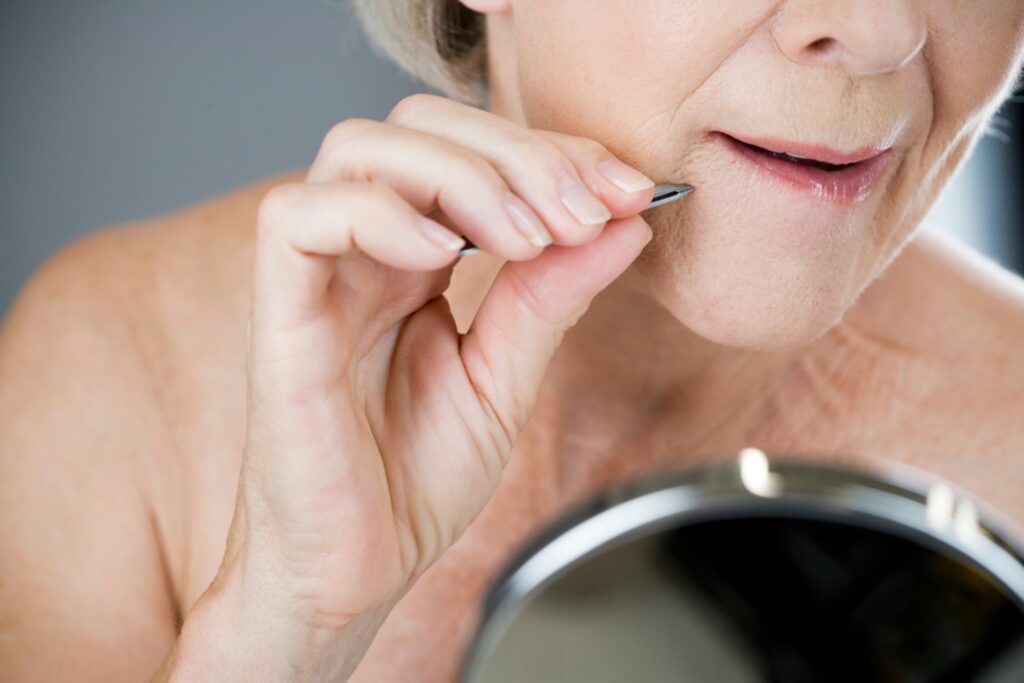
Unwanted Hair Growth & Menopause
Unfortunately, among the lesser-known symptoms of menopause is the potential for unsightly hair growth. During this season of life, many women are surprised to find dark, coarse hairs sprouting in areas where hair was previously sparse or fine. This condition, known as hirsutism, can affect the face, chin, upper lip, chest, abdomen, back, and even the extremities. While not all women experience this symptom, those who do may find it distressing and struggle with their self-esteem and body image during an already emotionally charged time.
Causes Of Menopause-Induced Hair Growth
The primary cause of unwanted hair growth during menopause is the hormonal imbalance that occurs as oestrogen levels decline. Oestrogen plays a crucial role in regulating hair growth patterns in women, keeping it fine and less visible. As oestrogen levels decrease, the relative amount of androgens (male hormones) in the body can become more prominent. Androgens, such as testosterone, stimulate hair follicles and can lead to the development of excess hair in women.
It’s important to note that not all women experience excess hair growth during menopause, as individual hormonal fluctuations can vary. Genetic predisposition and ethnic background can also influence the likelihood and severity of hirsutism during this phase.
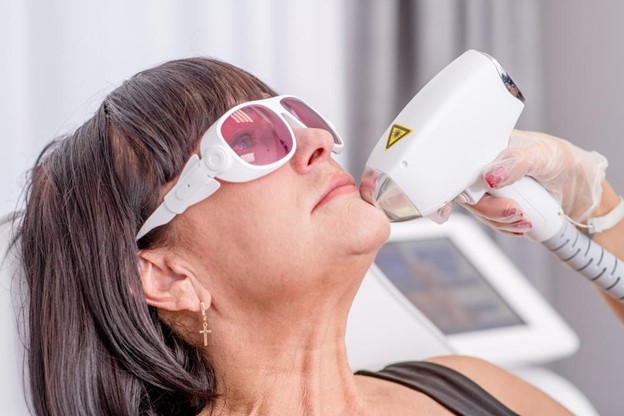
Treatment Options
If unsightly hair growth becomes a concern during menopause, the good news is that several treatment options are available to manage and reduce its appearance. It’s important to note that individual experiences and preferences may vary, so consulting with a healthcare professional, dermatologist, or experienced aesthetic practitioner is recommended to determine the most suitable approach. Here are a few common treatment options:
Laser Hair Removal: Laser hair removal is one of the most effective ways to target and reduce menopause-induced hair growth. During laser hair removal treatment, a handheld device emits a specific wavelength of light that is absorbed by the pigment (melanin) present in the hair follicles. This light energy is converted into heat, effectively damaging the follicles without causing harm to the surrounding skin. Many individuals experience a significant reduction in hair growth after completing a series of treatments. The treated hair becomes finer, lighter, and less noticeable, and the regrowth rate is typically slower. To maintain the desired results, occasional maintenance treatments are recommended to target any new hair follicles that become active.
Electrolysis: This method involves the insertion of a tiny needle into individual hair follicles to deliver an electric current, which destroys the follicle permanently. While electrolysis can be time-consuming, it is considered the only permanent hair removal solution.
Waxing or Sugaring: Waxing and sugaring are both methods of hair removal that involve applying a sticky substance to the skin, allowing it to adhere to the hair, and then swiftly removing the hair from the root.
This provides longer-lasting results compared to shaving, as it removes the hair follicle as well. Waxing can be done at home or by a professional.
Threading: Threading is a method of hair removal that uses a twisted thread to trap and remove individual hairs from the root. Unlike shaving or depilatory creams that only cut the hair at the surface level, this method of hair removal provides a longer interval between hair removal sessions as it takes more time for the hair to grow back from the root. It is commonly used for facial hair removal, including the eyebrows, upper lip, and chin. Threading can be performed by a professional or learned for personal use.
In A Nutshell
At the end of the day, addressing unsightly hair growth during menopause requires an understanding of the available treatment options. While there is no one-size-fits-all solution, various approaches can help manage and reduce the appearance of unwanted hair. Remember, you are not alone, and there are solutions available to help you feel more comfortable and confident during this phase of your life.
Ready To Bid Farewell To Unsightly Hair Growth?
Say goodbye to the hassles of shaving, waxing, or plucking and embrace the convenience and confidence of laser hair removal. Our gold standard laser technology precisely targets hair follicles, delivering safe and effective results for all skin types. Whether you’re struggling with facial hair, body hair, or both, our tailored treatment plans will address your specific needs.
Don’t let menopause-induced hair growth affect your self-esteem or hinder your daily life. Take the first step towards smoother, hair-free skin by booking your consultation today.
Our friendly and knowledgeable staff will guide you through the process, answering all your questions and ensuring your comfort throughout the treatment.

